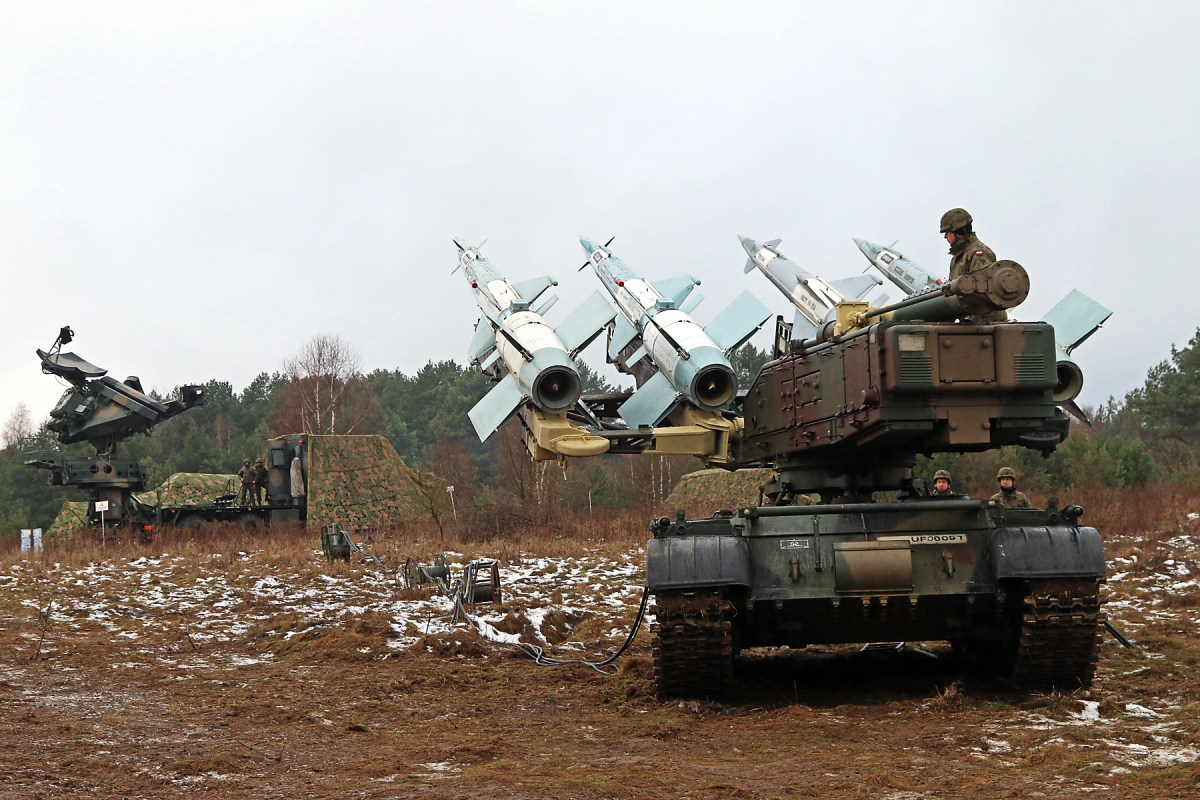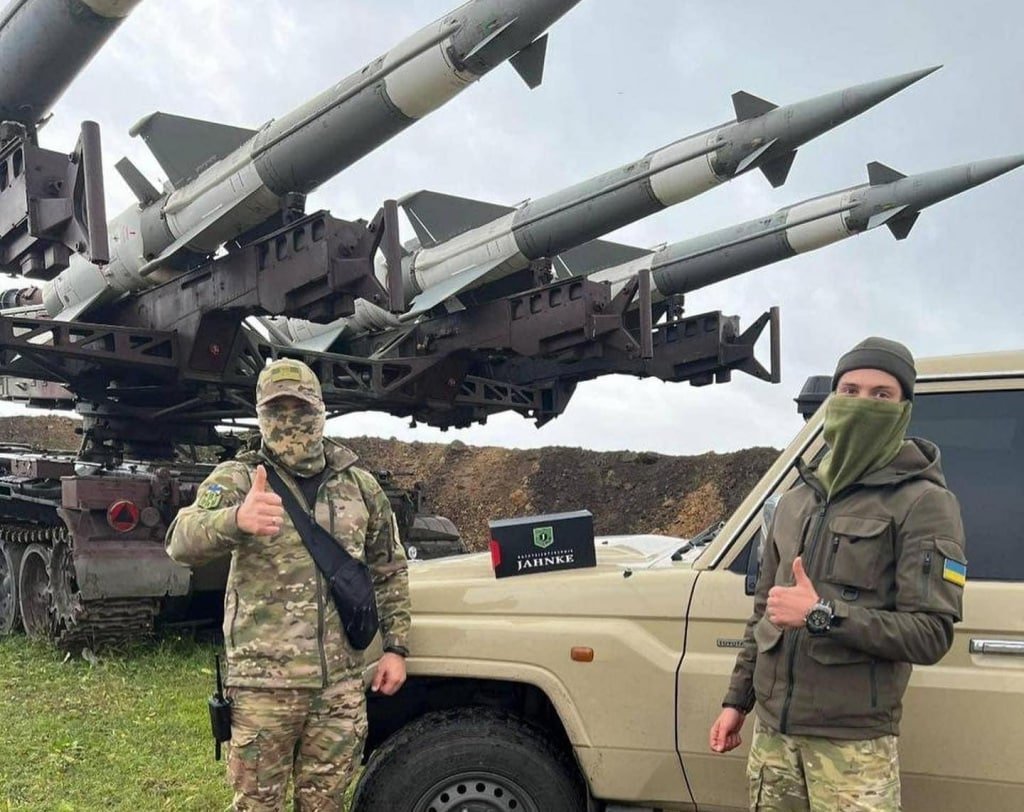Poland never announced the delivery of mobile anti-aircraft systems to Ukraine, so the image published on social networks confirms that this is now the case. Ukraine still had some Soviet-era S-125s before the Russian invasion of February 2022, but the image clearly shows the Polish version, which was heavily modernized in the late 1990s.
A Polish S-125 in Ukraine
The Ukrainian Armed Forces were, some time ago, severely lacking in heavy anti-aircraft systems, paving the way for several deliveries of American and European equipment, the first launchers of which have already been received (Crotale NG deliveries or the-Iris-T). However, on December 5, a photo posted on social networks of an anti-aircraft system created astonishment among many analysts: it is an S-125M Newa SC, used by the Ukrainian Armed Forces.
It is astonishing because it confirms that Poland, the one and only user of this anti-aircraft system, has indeed secretly delivered at least one S-125M Newa SC to Ukraine. This system specializes in short-range air defense and, coupled with the SNR-125 Low Blow radar, can destroy low-altitude targets.
The Ukrainians still had some S-125 Pechora (export version of the S-125, RS-SA-3 Goa) at the beginning of 2022, but the Polish system is a modernized version in the late 1990s and represents a truly overboosted S-125.
A series of Polish upgrades
This anti-aircraft system dates back to the Soviet era: the Polish Armed Forces received their first PZR S-125 M Newa in 1969. The early 1990s meant modernization for the Polish Newa. The idea was to keep these systems until 2020 and the delivery of a new modern short-range anti-aircraft system. The Polish S-125M Newa SCs are no longer at all identical to the original S-125s:
- They are placed on a T-55 (Polish WZT-1) tank chassis
- Analog systems are replaced with digital ones
- Added IFF capability
- Added data link
- Improved electronic countermeasures (ECCM) capabilities
In statistical terms, according to the Polish Ministry of Defense, these changes have improved Polish S-125 batteries (radars, launchers and command post) with:
- a 44 percent increase in maximum detection range
- a 21 percent increase in maximum target tracking range
- a 9 percent reduction in detection range by an enemy aircraft
The offensive capabilities, however, do not change: it is an anti-aircraft system with a range of 3.5 to 25 kilometers (short range) and an altitude ranging from 0.2 to 18 kilometers.
The upgrade also involves the radars of the S-125 batteries but there are no images to confirm that radars were also delivered to the Armed Forces of Ukraine. However, the vibration of the WZT-1 chassis prevents the tracked chassis option. The retirement of the last Scud-Bs (R-300, SS-1c) then makes it possible to recover the 8x8 MAZ-543 trucks and to replace the missile-launching system with the SNR-125 Low Blow radar: I-band radar, recognizable by its many antennas, range of 40 to 80 kilometers depending on the mode. It is specially developed by the Soviets for the S-125, to guide missiles to low-flying targets.


Découvrez cet article sur Air&Cosmos

